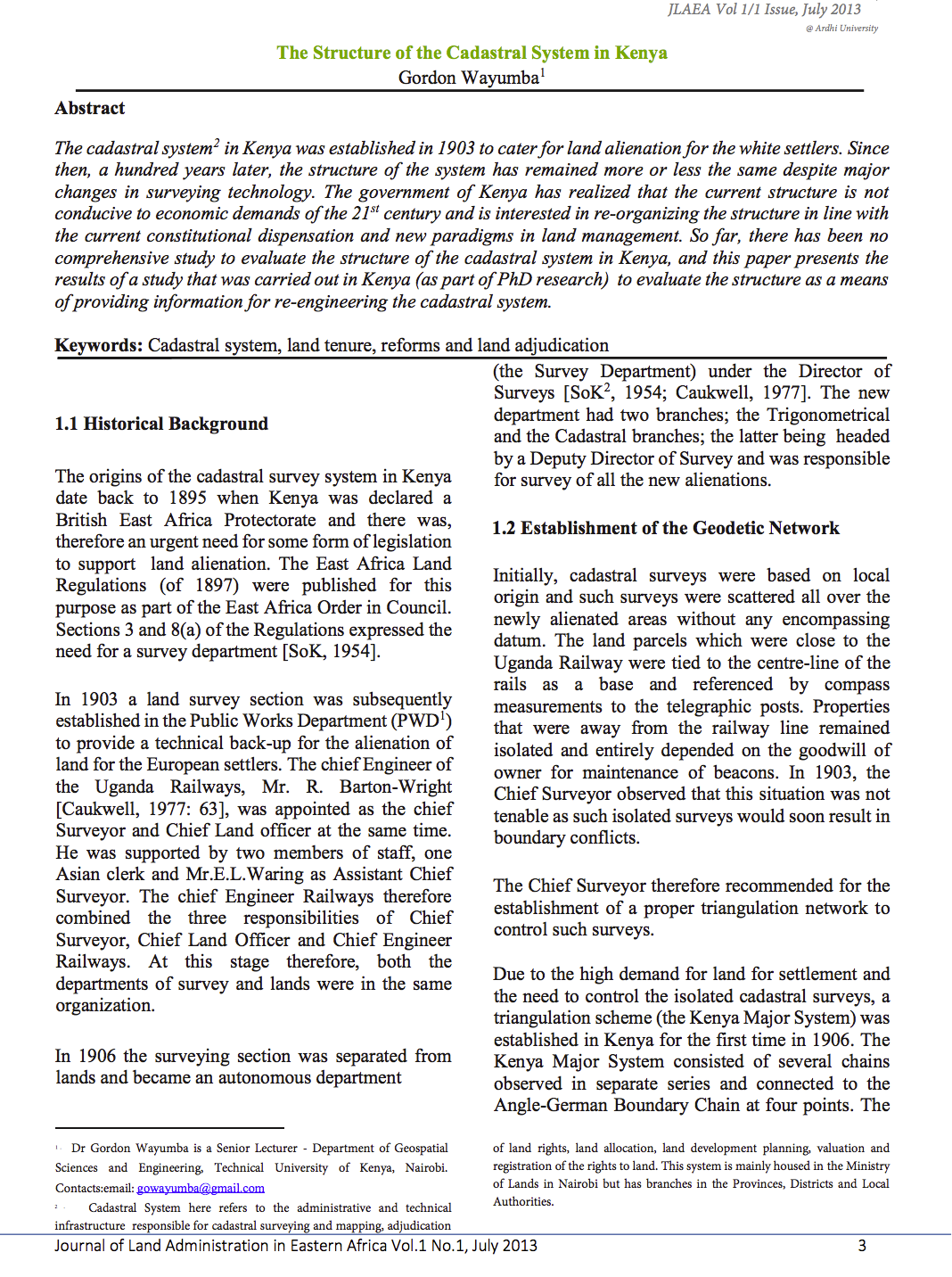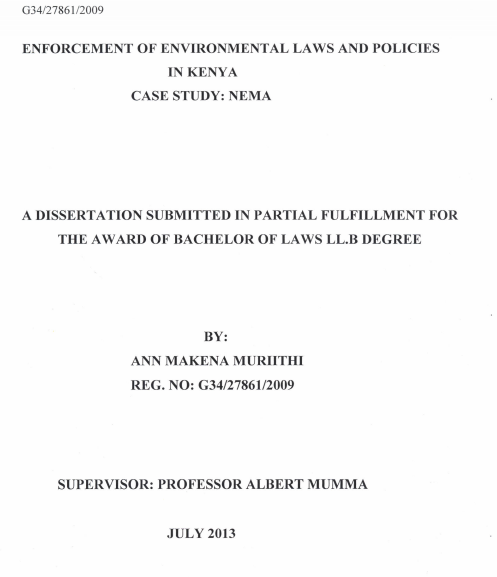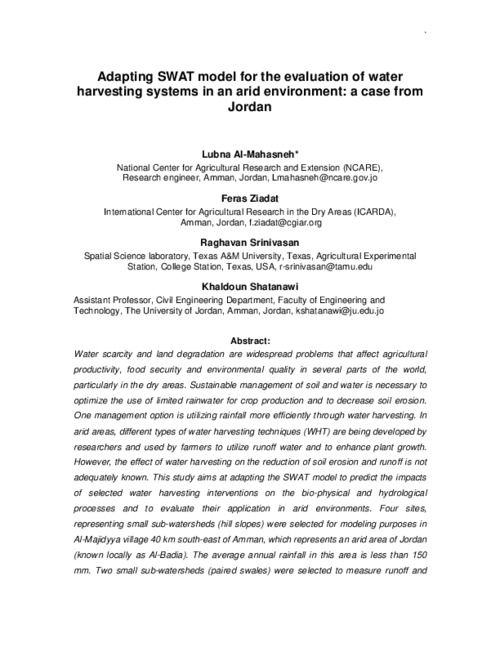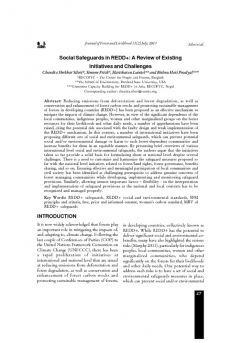Decreto Nº 11.441 - Por el cual se declara de interés nacional el documento denominado « Plan Marco Nacional de Desarrollo y Ordenamiento Territorial ».
El presente Decreto declara de interés nacional el documento "Plan Marco Nacional de Desarrollo y Ordenamiento Territorial", elaborado por la Secretaría Técnica de Planificación del Desarrollo Económico y Social.







